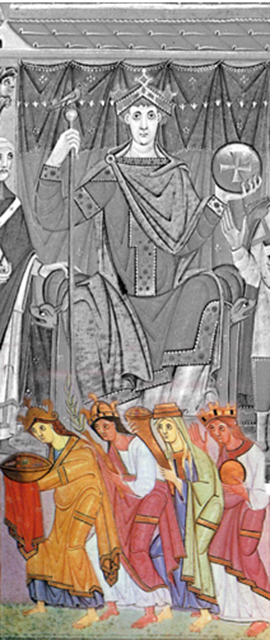The Glass Bead Network
Classification of early medieval beads from Vienna-Csokorgasse using AI
Glass beads were among the most common grave goods in the early Middle Ages, and their number can be estimated in the millions. The largest production areas of this time were in the Middle East and Southeast Asia. From there, most of the beads reached even the most remote areas of Europe. The color, size, shape, production technique and decoration of the beads are diverse. Accordingly, the previous classification systems are often subjective, complex and mostly limited to one burial field. As a result, the classifications are only conditionally applicable to glass beads from other cemeteries. Within the framework of our project, we want to classify the approximately 6,000 beads of the early medieval cemetery of Vienna-Csokorgasse using AI. It is pioneering work that has not been used on glass beads before. The difficulty is to form clusters from different heterogeneous data using AI. Numerical values such as dimensions and weight and the color (based on the Munsell Bead Color Book) and terminologies for the texture (e.g. opaque, translucent) serve as a basis. In addition, we use photos and 3D models of the individual beads. With our objective approach we want to create a new standard. This will make it possible to classify glass beads objectively worldwide in the future.
Regarding the Data Mining and Machine Learning part of the project, we will explore the following research questions:
- Is it possible to establish a classification system for Early medieval glass beads based on AI?
- What are the major classes of glass beads from Vienna-Csokorgasse?
- What are the most important characteristics of the glass beads leading to this classification?
Associates
Shortfacts
Type | projects, public funding |
Duration | 2022 - 2023 |
Project leaders
Bendeguz Tobias
(IMAFO | ÖAW)
Claudia Plant
(Data Mining research group)
Project Members
Lukas Miklautz
(Universität Wien)

in Cooperation with

